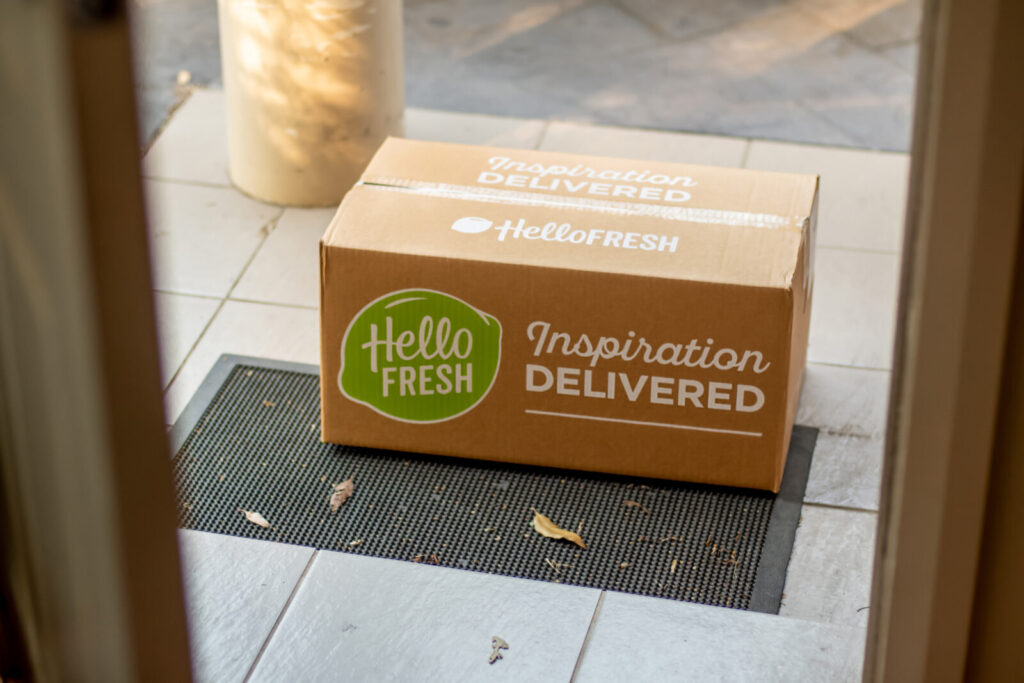Brief • 2 min Read

What is a Brand Ecosystem?
A brand ecosystem sounds complex, but the concept is simple: it’s the experience businesses create for their customers through various media and channels, like their ads and social profiles. In the age of digital consumerism, simply selling products isn’t enough to continuously entice audiences to become returning customers. Instead, businesses need to find new and engaging ways to build connections with their audience that will make them want to be customers for life. That’s where building brand ecosystems come in.
Unlike a brand extension or the practice of a business expanding their service offerings to a different type of product, a brand ecosystem boils down to how messages are delivered, assessed, and tracked to various audiences across all channels. These insights are used to naturally integrate more service offerings into the fold to solve more of their audience’s pain points.
Much like in a biological ecosystem where different organisms coexist together to create one, flourishing environment, brand ecosystems rely on multiple aspects of business and technology to create one integrated communication strategy. These aspects include social media, email marketing, branding, advertising, consumer survey tools, and more.
Brand ecosystems are designed to be independent structures that run your marketing and analytics seamlessly. And if one part of the structure changes, other parts of it can easily change alongside it – especially if your team has a strong marketing strategy behind it – based on brand experience your business wants to curate. On the customer side, all they will ever see is a consistent, cohesive message that will help them make a purchasing decision.
Why Are They Important?
Having a brand ecosystem in place is mutually beneficial for both companies and consumers. Successful brand ecosystems significantly expand product portfolios, making it possible for consumers to find more products that are relevant to their day-to-day lives. Because of this, consumers are more likely to have their needs met by one single brand, instead of them having to look to others. This leads to increased brand loyalty, which is beneficial for the organization. Furthermore, by expanding its portfolio, a business can better cope with the highs and lows of sales trends, reach new audiences, and enhance its overall image.
Take, for instance, large brands such as Google, Apple and Facebook. These entities have large, flourishing brand ecosystems that promote services and products that organically lead to other relevant services and products. Therefore, they are able to anticipate and meet their customers’ needs, which encourages customers to stay engaged with their offerings.
How To Build a Brand Ecosystem
When developing an ecosystem, it is important to consider the needs and wants of the existing users. Solving problems and providing a good brand experience will keep them loyal for a long period of time and will increase overall sales, return on ad spend, and more. Any new initiatives that are meant to be a part of the overall ecosystem must work to add value for consumers, especially in terms of convenience.
To accomplish this, marketers must be in tune with their customers and hyper-focused on anticipating and attending to their needs. Brand tracking allows marketers to make informed decisions about building a brand ecosystem.
To build a brand ecosystem, follow these steps:
- Identify your brand’s objectives, i.e. do you want to increase customer loyalty and engagement? Or do you want to innovate a new service or product?
- Take inventory of your existing resources, i.e. your website or mobile app.
- Think through your current marketing management systems, i.e. HubSpot or Marketo.
- With all of this in mind, determine your differentiating value proposition.
- Leverage tools and technologies to make these action items feasible.
The most important thing to remember as you are building a brand ecosystem is to create strong connections between the technology and brands that your business has. The stronger the connections between different aspects of your business, the stronger your business will be. Additionally, it’s critical that your business has a strong brand tracking system in place so you can have access to your audience and their sentiment throughout each step.
Prime Ecosystem Examples
Building an ecosystem is a large undertaking that takes time. This is why many of the most successful examples are large organizations that have years of experience growing and maintaining a customer base. A great example of this is Nike. Even though it’s known for its athletic apparel, it has now expanded into consumer technology and equipment. Another example of this is Lululemon, which focuses on luxury athletic gear but recently introduced its innovative MIRROR home gym. Lastly, Equinox fitness clubs have expanded into hospitality with a flagship hotel now open in NYC. All of these brands created an image that goes well beyond just athletics and instead holistically focuses on a lifestyle of wellness.
These businesses were able to create thriving ecosystems because they have years of experience behind them. But, they’re also able to build ecosystems through strong tracking efforts interwoven throughout their marketing strategies.
Without in-depth knowledge of your customer’s thoughts and sentiments, your campaigns may not align with their needs, so keeping an ear to the ground can ultimately save your business valuable time, money, and energy. To get the most out of your analytics efforts, we recommend using The Harris Poll Brand Platform. With this tool, your business can capture real-time insights on your customers – down to the specific touchpoints they interact with – to help you build a better, stronger brand ecosystem.
Learn more about QuestBrand today!
Subscribe for more Insights
Subscribe to our newsletter for the latest trends in business, politics, culture, and more.
Related Content









